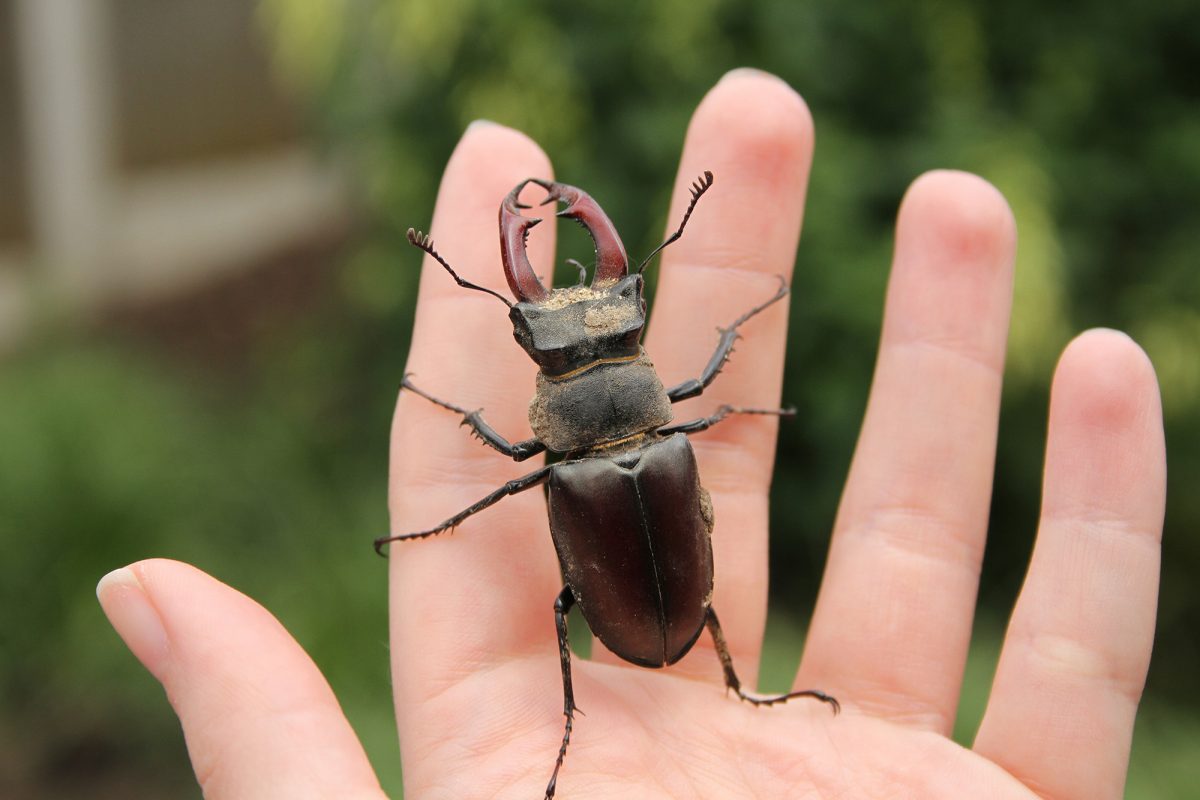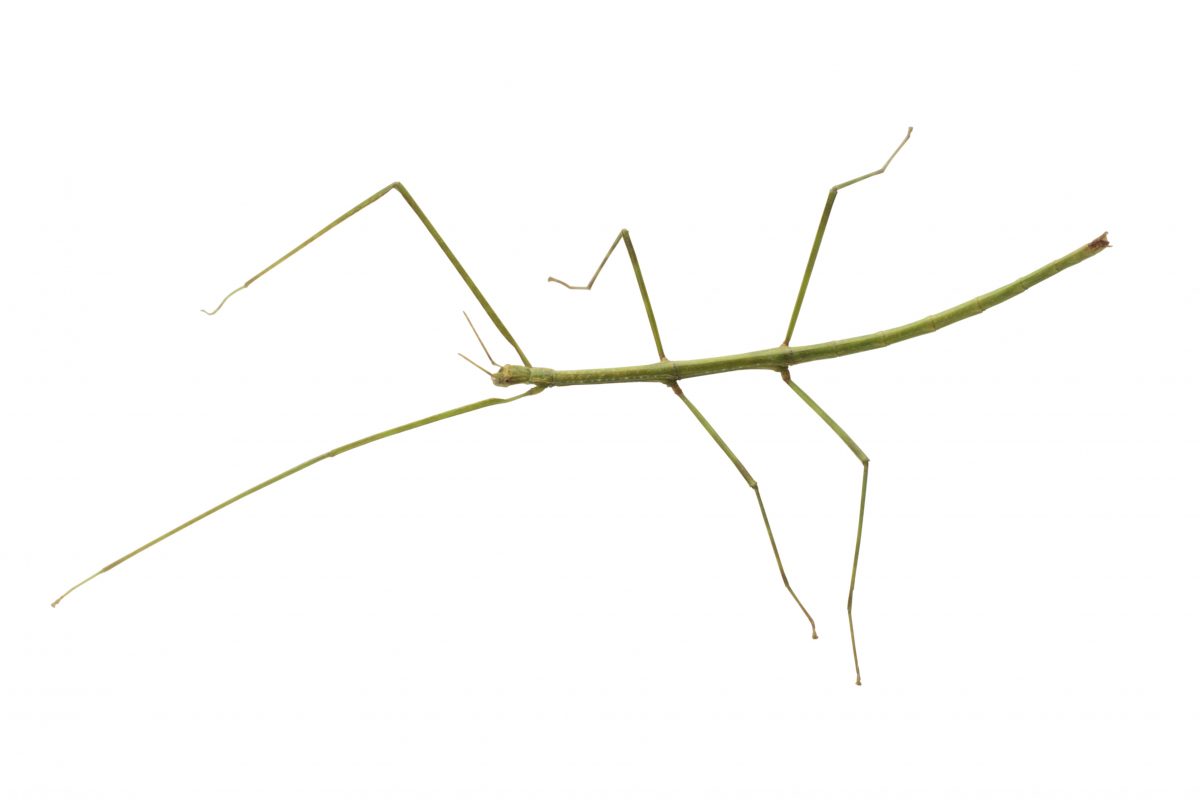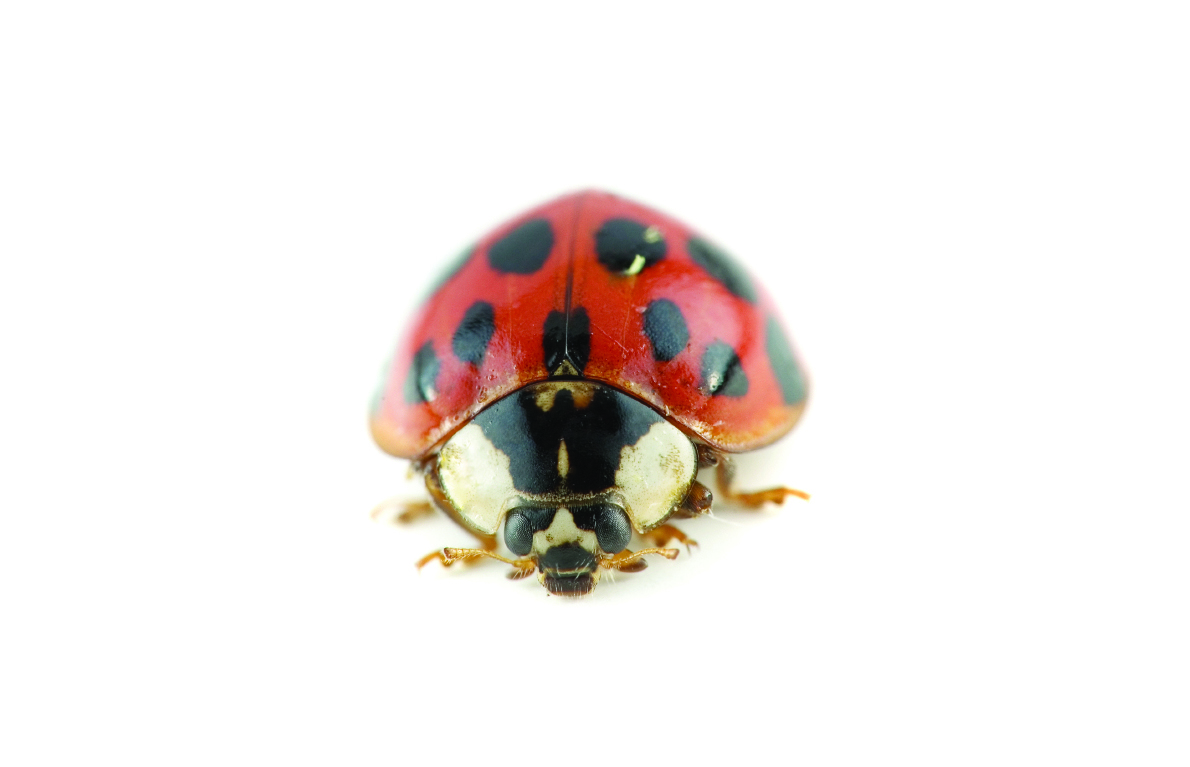You can make a Nature Notebook and complete the mini-challenges in your notebook, or just use a plain piece of paper.

What is a minibeast?
Bug, creepy-crawly, insect are all names for minibeasts. A minibeast is also called an invertebrate, a creature without a backbone or a skeleton inside their bodies under their skin.
Humans have backbones and internal skeletons, so are called vertebrates.
Mini-challenge:
Can you name any minibeasts with:
Wings ……………….
Spots ……………….
6 legs ……………….
8 legs ……………….
No legs …………….

Why are minibeasts good for the planet?
Pest control—some insects protect plants from pests. A ladybird can eat 500 aphids before it grows up.
Recycle waste — think of all the leaves, dead branches and trees that fall in a forest. Lots of hungry insects gobble them all up.
Make food — insects carry a powder called pollen from one flower to another. The pollen fertilizes the flowers, which allows them to make seeds and fruit.
Mini-challenge
How many different types of food do you have in your house? Can you find out which insects are responsible for pollinating them?
Don’t forget about foods like bread and pasta, what are they made from?

Masters of disguise
Lots of minibeasts pretend to be something else to fool other creatures that might want to eat them.
Some minibeasts mimic bees and wasps, like the bee-fly and the hoverfly. Neither of these have real stings but they still manage to fool other creatures!
The owl butterfly has patterns on its wings that look like eyes to fool predators such as birds.
Mini-challenge
Can you spot any minibeasts that look like different creatures?

Check out the National Insect Week website nationalinsectweek.co.uk for more fun minibeast facts.